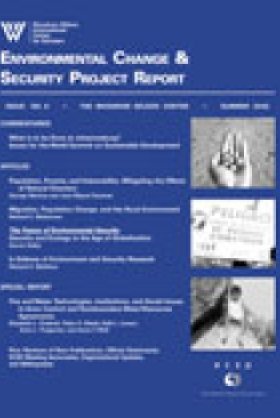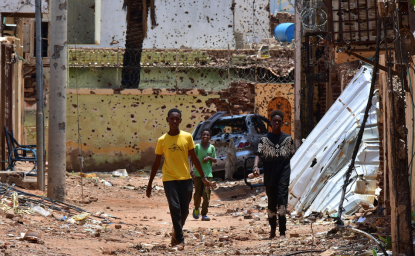Population, Poverty, and Vulnerability


Hurricane Mitch was one of the most destructive natural disasters of recent times, and it exposed the underlying vulnerability of the Central American region, where poverty magnifies the threat of natural hazards. International assistance for national disasters tends to focus on short-term recuperation rather than on long-range prevention. Policymakers need to pay greater attention to the role of population dynamics within necessary prevention efforts. This article analyzes the relationships between demographic dynamics and Hurricane Mitch in Central America, and extracts from that experience lessons that can help reduce vulnerability to natural disasters in the long run. Specifically, it centers on three aspects: How did demographic processes condition the area's vulnerability prior to Mitch? What are Mitch's consequences for population dynamics in the short- and long-term? How must population dynamics change in order to mitigate the effects of future natural disasters? Systematic use of such information could help mitigate natural-disaster impacts in three important ways: planning of spatial organization, reproductive health needs, and design of adequate information systems.
Authors

Environmental Change and Security Program
The Environmental Change and Security Program (ECSP) explores the connections between environmental change, health, and population dynamics and their links to conflict, human insecurity, and foreign policy. Read more

Explore More
Browse Insights & Analysis
George Martine

Jose Miguel Guzman

Healing Ukraine's Invisible Scars
